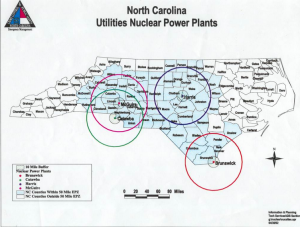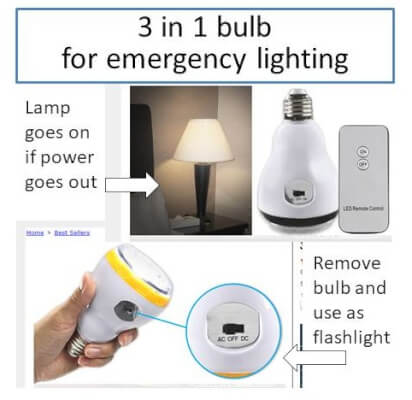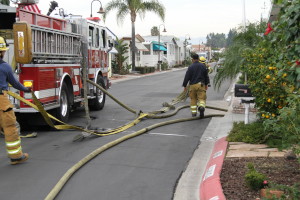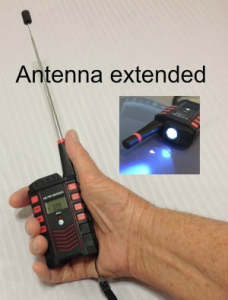How dangerous are Lone Wolf terrorists?

Totally unaware of her surroundings . . .
Next week our city police force and first responders are holding a mock active shooter exercise in a local shopping mall. Inspired at least in part by the 2013 invasion of the Westgate Mall in Kenya, it’s also a response to the growing numbers of “home-grown” or self-radicalized would-be terrorists. In many ways these self-styled terrorists seem to pose a bigger threat than actual members of terrorist organizations.
Real Terrorists Plan Their Attacks
At least real terrorist cells fit a profile. They belong to a network, they prepare for a strike, and they pick targets that are likely to generate mass casualties and publicity. They are also more likely to be in communication with known terrorist cells, at least some of which could already be under some level of surveillance. These and other factors make it easier to identify and track them.
Lone Wolves Act on Impulse
The self-motivated, lone wolf actor is harder to identify, is more likely to be mentally unstable and less likely to pick rational targets. Perhaps the most worrisome aspect is the likelihood that this person is likely to act spontaneously and against a target of opportunity . . . virtually anyone that happens to be in their range. And, the mere fact that we live in a world where guns proliferate means that the tools of terrorism are readily available even to the least mentally competent. As scary as this may seem, there are some positives.
Self-Motivated Actors Often Fail to Follow Through on Threats
First, while these individuals may be numerous and hard to identify prior to an event, the attacks are likely to involve fewer people and less prominent targets. And, without direct connections to actual terrorist cells, they are less likely to be successful in mass attacks. Also, many will ultimately lack the courage to actually carry out the often gruesome and heinous acts these individuals conjure up in their fantasies.
Protect Yourself by Staying Aware of Your Surroundings
The best protection you have is your situational awareness . . . the same situational awareness that can keep you out of harm’s way. This means keeping your eyes on the way ahead, the road ahead and your surroundings – discipline yourself to avoid being glued to your smartphone while walking through alligator alley! Have your keys at the ready as you approach your car. If you notice someone strange for whatever reason, don’t ignore your instincts. Take evasive action. Turn in a safer direction. Whatever!
So many victims have reported that they were operating “on autopilot” and just kept going – right into danger!
A Single Lone Wolf Can be Taken Down by a Group
If you are in a life-threatening situation, instead of simply waiting for it to happen, consider a counter attack. A group of determined adults can very likely take down any single gunman. Yes, this goes against our training (“Keep out of trouble.”) but in the case of a Lone Wolf Terrorist, “Get him!” may be the only way to save more innocent people from being injured or killed.
Joe Krueger
Your Emergency Plan Guide Team

 Keeping CERT Training Interesting With a “Movie Night”
Keeping CERT Training Interesting With a “Movie Night”










 You have three first-aid kits, don’t you? One in the house, one in the car, and one in your emergency backpack?
You have three first-aid kits, don’t you? One in the house, one in the car, and one in your emergency backpack?




 Here at Emergency Plan Guide, we have looked several times at the pros and cons of generators while we considered purchasing one for our own neighborhood. And we have told the story of what happened AFTER we purchased it, too!
Here at Emergency Plan Guide, we have looked several times at the pros and cons of generators while we considered purchasing one for our own neighborhood. And we have told the story of what happened AFTER we purchased it, too!


 The first interesting question made me really pleased. The image shows the question and the result: 100% of the respondents trusted the information on the site “a great deal” or “a lot.”
The first interesting question made me really pleased. The image shows the question and the result: 100% of the respondents trusted the information on the site “a great deal” or “a lot.” 
 The only one we have found that is consistently reliable, affordable and the right size is the
The only one we have found that is consistently reliable, affordable and the right size is the 